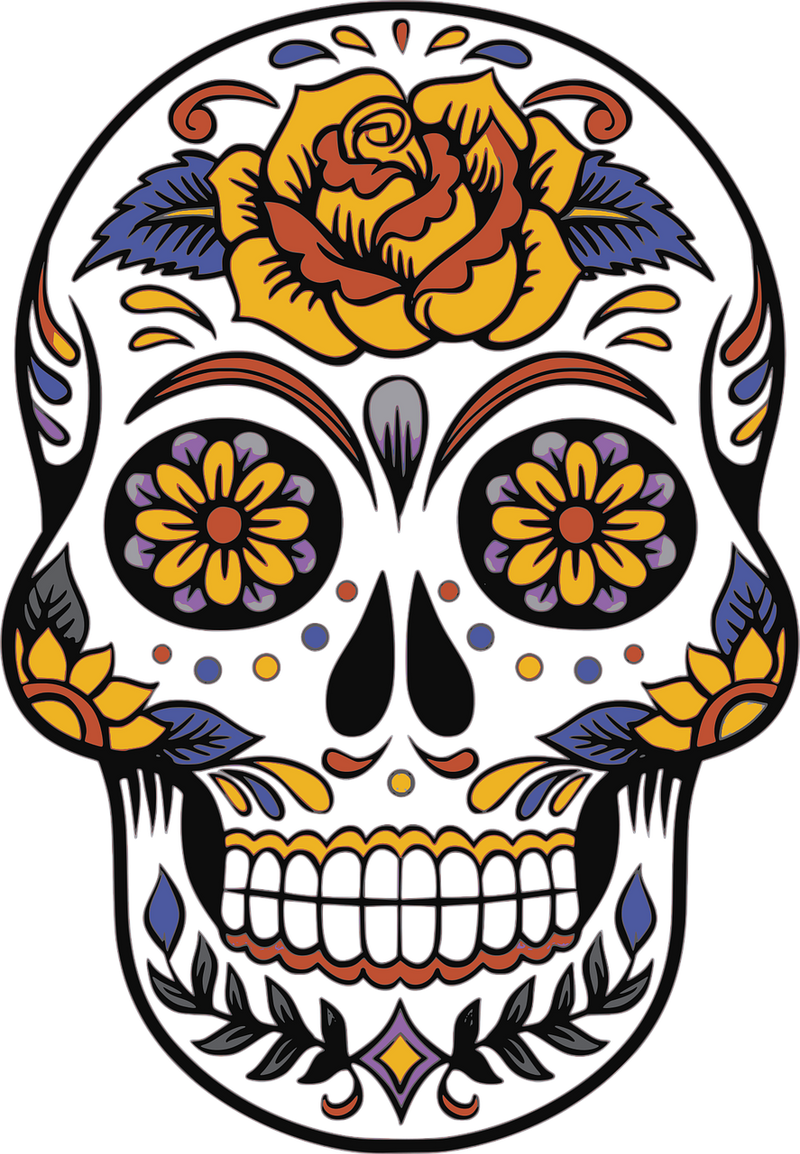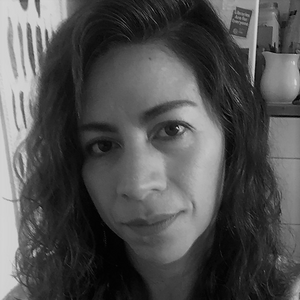
It is said that on the nights of November 1st and 2nd the souls of the dead come home to visit their loved ones and have their favorite foods and treats left on an altar by family members for them to enjoy and remember the days when they were alive. The Day of the Dead (El Día de Muertos) is a festivity celebrated in Latin America, especially in Mexico, where this tradition has its origins. Although it has been said that it is rooted in the pre-Hispanic rituals dedicated to the dead, this celebration brings together indigenous rituals and Spanish elements related to the Catholic holidays of All Saints’ Day (Todos Santos) and All Souls’ Day (Fieles Difuntos). Some also believe that this tradition is a remnant of the “Danse macabre”, a European tradition that incorporates allegories of life and death. Regardless of its origins, the Day of the Dead became more popular during the 21st century, when the tradition was widely promoted by president Lázaro Cárdenas’ government (1934-1940). Since then, it has become a symbol of nationalism, spiced up by the indigenismo to reinforce the Aztec identity and the anticlericalism that tried to stop the intervention of the Catholic Church in government affairs.
In Mexico, the Day of the Dead is a national holiday that begins with the construction of an altar placed in a visible spot in houses, schools, businesses, or any place where people want to commemorate their loved ones who have passed. The traditional altar de muertos, also known as ofrenda, includes food, drinks, treats that the dead had enjoyed in life, photos, memorabilia, colorful papers cut in different designs, candles, religious items (crucifixes or images of saints), flowers—especially the Mexican marigold or cempasúchil, also called “flor de muerto”—and, last but not least, the typical calaveritas de azúcar, skulls made with sugar in colorful and funny designs. To remember that death is part of the cycle of life, people also give calaveritas de azúcar to friends and family members with their names written in the skull’s forehead. The skull is perhaps the most popular symbol of this festivity; its popularity is associated with La Calavera catrina, a zinc etching made between 1910 and 1913 by the Mexican political lithographer and cartoon illustrator José Guadalupe Posada, whose work uses skulls and bones to compose cultural and political satires.
Cemeteries are another place where celebrants build altars and decorate graves with the same items of an altar. They bring food to cemeteries and have a kind of picnic to symbolically share their food with the souls of the departed and spend some time remembering them, telling stories about the times when they were still among the living. Some towns have enriched the traditional celebration with local elements, as is the case of Pátzcuaro, in the state of Michoacán, where one of the most beautiful ceremonies takes place during the night. On the evening of November 1st people start a journey by canoe to Janitzio, a small island located in the center of the Pátzcuaro lake, to spend the night in the cemetery, praying on graves almost entirely covered with candles and flowers. The Purépecha indigenous, who have lived in the region for centuries, believe that the souls come to the island flying over the water in the form of monarch butterflies; people only need to open their hearts to see their silhouettes on the water while crossing the lake.
Due to the influence of Halloween, a more recent feature has been added to the Day of Dead celebration. In these days, children wearing costumes go in the streets to ask for a calaverita, saying “dulces o travesuras”, the Mexican version of the American “trick or treat”. In return, they receive candies or money.
The Day of Dead became such an important part of Mexican culture that the UNESCO included it in its Representative List of Intangible Cultural Heritage of Humanity, in 2008. Beyond that, the deep meaning of this festivity reminds us that death is not the end of life, but its continuation. They say that Mexicans face death celebrating, probably because we believe in such a continuity; or perhaps it is simply another way of mourning.

Julia Negrete is a Spanish language instructor at Berges Institute.